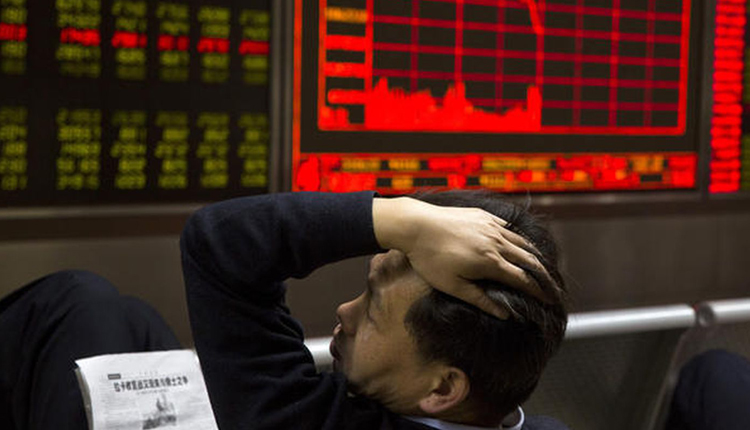Asian markets traded lower on Thursday afternoon following an overnight decline on Wall Street.
Hong Kong’s Hang Seng index fell 0.86% by the morning session’s end. The benchmark index closed 1.73% lower on Wednesday, amid violent clashes between protesters and riot police over a controversial extradition bill.
“You already have significant political risk premium embedded into Hong Kong equities because of the trade effects that are going on and Hong Kong is the gateway to China. So the outlook for China has taken a knock in the past month or so,” Binay Chandgothia, managing director and portfolio manager at Principal Global Investors, told CNBC’s “Squawk Box” on Thursday.
“Add to that the possibility that something wrong could happen in terms of the ongoing protests. Then you could see Hong Kong equities get cheaper,” Chandgothia said, adding that valuation levels in the Hong Kong markets are “fairly attractive” at present.
Mainland Chinese stocks recovered from an earlier decline to rise by the afternoon, with the Shanghai composite up by 0.12% and the Shenzhen component gaining 0.13%. The Shenzhen composite also advanced 0.319%.
Elsewhere, Japan’s Nikkei 225 slipped 0.5% in afternoon trade as shares of Apple supplier Japan Display plummeted more than 7% after the company announced new restructuring plans, with the company’s president and CEO set to step down. The Topix index also declined 0.83%.
Over in South Korea, the Kospi shed 0.72% as shares of chipmaker SK Hynix dropped more than 3%. The ASX 200 shed earlier gains as it slipped fractionally.
MSCI’s broadest index of Asia-Pacific shares outside Japan slipped 0.67% in the afternoon.
Overnight on Wall Street, the Dow Jones Industrial Average slipped 43.68 points to close at 26,004.83 while the S&P 500 ended its trading day 0.2% lower at 2,879.84. The Nasdaq Composite lagged, sliding 0.4% to close at 7,792.72.
Wednesday’s declines stateside came following muted trading action in the previous session. The Dow closed marginally lower on Tuesday, ending a six-day winning streak.
Oil prices plunged on Wednesday following data that showed an unexpected increase in U.S. crude inventories for the second week in a row, against the backdrop of fears that fuel demand could weaken amid the U.S.-China trade fight.
U.S. West Texas Intermediate crude futures plunged $2.13 to $51.15 per barrel, tumbling 4% on the day to a new five-month low. Brent crude, the international benchmark for oil prices, fell $2.32 or 3.7%, at $59.97 a barrel, its first settle below $60 since January.
During Asian trading hours on Thursday afternoon, oil prices slipped further after a slight bounce earlier. U.S. crude futures declined 0.1% to $51.09 per barrel, while Brent also fell 0.1% to $59.91 per barrel.
“Now that Brent has ticked below $60 a barrel, the (Organization of the Petroleum Exporting Countries) and non-OPEC producers have got to be worried. And I expect this has sealed their decision and it’s gonna come out in a couple of weeks that they’re gonna decide to continue with their production cuts through the balance of 2019,” Andy Lipow, president at Lipow Oil Associates, told CNBC on Thursday.
The U.S. dollar index, which tracks the greenback against a basket of its peers, was at 96.948 after rising from levels around 96.6 yesterday.
The Japanese yen changed hands at 108.34 against the dollar after touching levels above 108.5 earlier. while the Australian dollar traded at $0.6906 after slipping from the $0.696 handle yesterday.
Source: CNBC
